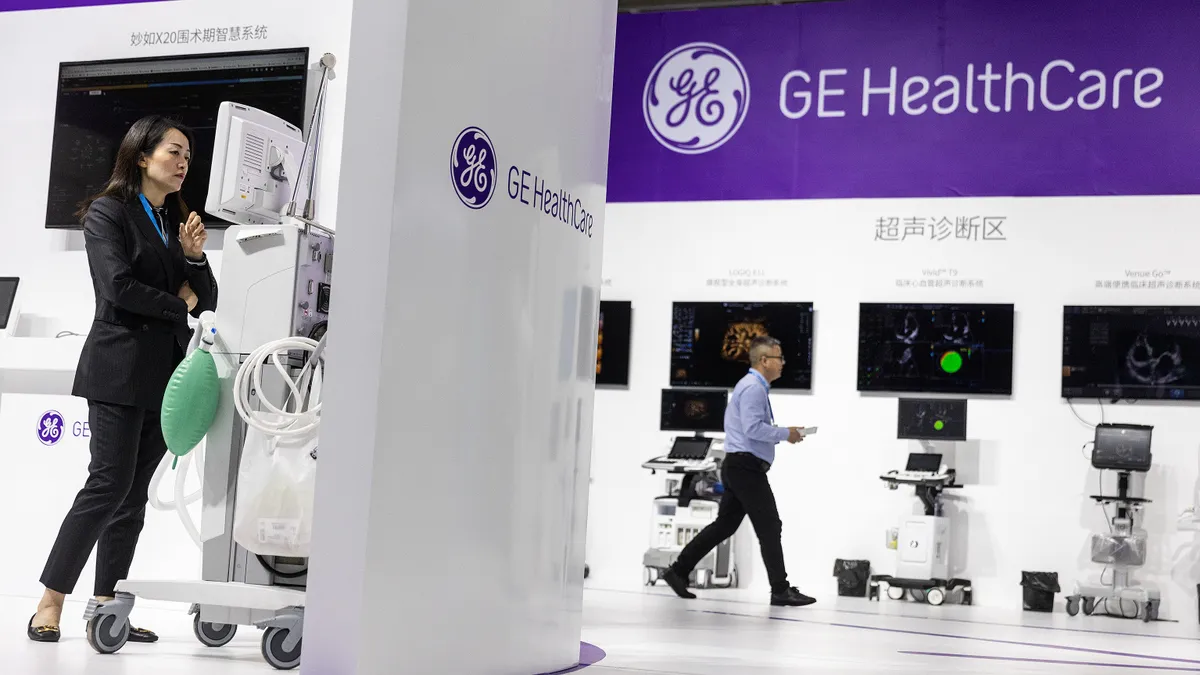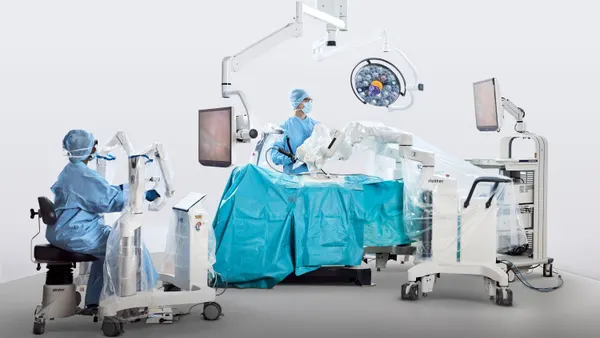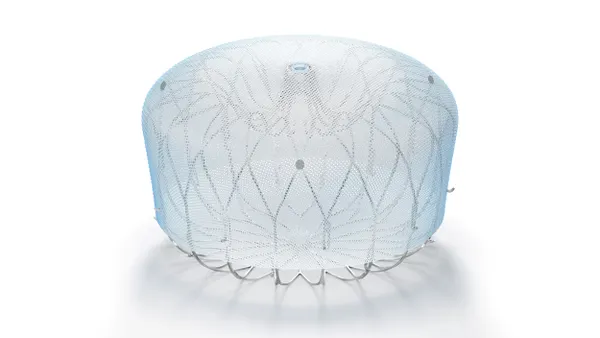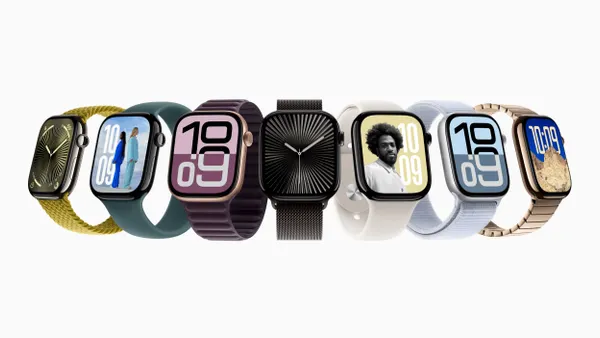Dive Brief:
- GE Healthcare has recalled anesthesia delivery systems because of a risk that they may fail to provide effective ventilation when used in a specific mode, the Food and Drug Administration said Monday.
- The affected Carestation devices, which are staying on the market, could cause inadequate oxygen levels and death. GE Healthcare has not yet received any reports of serious injuries or death.
- To mitigate the risks, the company has asked customers not to use the mode affected by faulty ventilation until it has corrected the devices.
Dive Insight:
Healthcare professionals use the recalled Carestation 620/650/650c and 750/750c devices to provide monitored anesthesia care, general inhalation anesthesia and ventilatory support. The devices are used in patients from newborns to adults in hospitals, surgical centers and clinics.
The recall affects 15 Carestation models and more than 14,000 individual devices. When used in volume control ventilation mode, the devices may fail to deliver effective ventilation. The fault triggers audible and visual alarms, the FDA said, and is also apparent because the inflated bellows stop moving. Additional alarms will alert users to the effects of inadequate ventilation on the patient.
While there have been no reports of serious injury or death, the FDA published a Class I recall notice due to the risk inadequate ventilation could cause severe harm to patients. The FDA labeled the recall as a Class I event in April, the severest recall classification.
GE Healthcare, which wrote to customers about the problem in March, has provided advice on how to mitigate the risks. The company asked users to run the ventilation screening test on their devices. If the device passes the test, customers can continue using the product in accordance with the instructions.
Devices that fail the test should only be used to mechanically ventilate a patient in pressure control ventilation or pressure control ventilation volume guarantee mode. Volume control ventilation mode should not be used to mechanically ventilate a patient. Manual mode can be used to provide ventilation or allow spontaneous ventilation of the patient.












